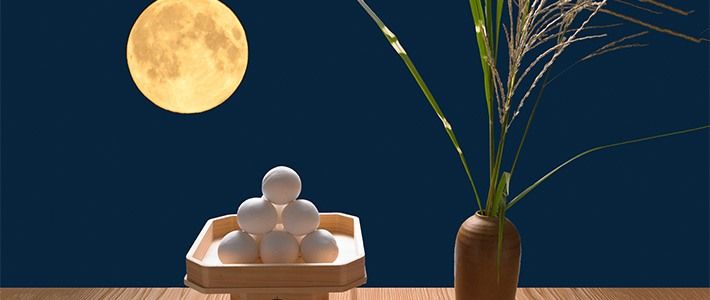Tsukimi is a festival observed across Japan. It is a time of appreciation, harvests and veneration. Japan is fond of festivals and celebrations; what is special about this one?
What is Tsukimi?
Tsukimi (月見; moon viewing) is a Japanese festival which takes place during autumn. It is a spiritual celebration of autumn, symbolised through making offerings of food to the moon to encourage a plentiful harvest. With roots in both folk religion and Buddhism – the autumn full moon is said to symbolise a harvest god – festival goers commonly visit temples during this time and burn incense. Similar festivals are celebrated simultaneously in other countries traditionally associated with Buddhism such as China, Korea, Thailand, Cambodia and Sri Lanka.
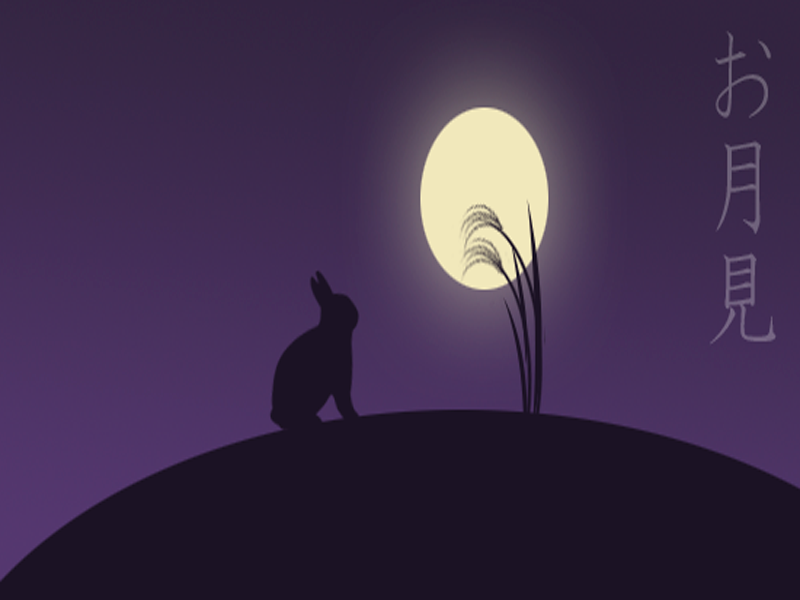
Tsukimi is believed to have begun in the Heian period (800-1200 AD), when those in the upper classes would drink sake and recite poetry under the moonlight of the mid-autumn moon, often on boats or near water where the reflection of the moon could be seen on the surface. Watching the full moon is an ancient custom which is believed to stem from as far back as the Jōmon period (10000-1000 BC). However, the festival as it is known today had its origins in the Heian period, helped along by elements of the Mid-Autumn Festival from China which were adopted during this time.
When is Tsukimi?
The exact dates for Tsukimi vary slightly from year to year, when using the Gregorian calendar. However, on the lunar calendar traditionally used in Japan the dates are consistently from the 15th to the 18th day of the 8th lunar month. This places it usually between mid-September and early October in Western dates.
When purchasing your plane ticket and Japan Rail Pass, please note that the dates set for the Tsukimi celebration will fall on 13th-16th September 2019, 1st-4th October 2020, and 21st-24th September 2021.
Food and Offerings
As with many Japanese festivals, picnics and drinking sake are both extremely common practices during Tsukimi. Outdoor picnics are consumed at night, under the view of the full moon. These picnics are a generally focused and relaxed affair unlike those had during Hanami; less attention is paid to partying, drinking and socialising during Tsukimi.
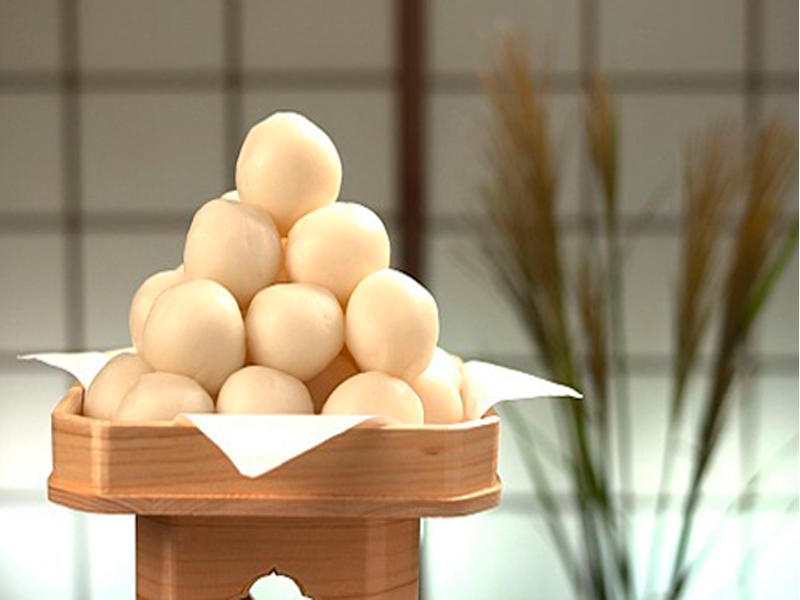
There are some main staples of Tsukimi food. These include: white dango, edamame, chestnuts, Chinese mooncakes, taro and sweet potato. These, along with other seasonal foods, are referred to as Tsukimi ryōri (月見料理; Tsukimi cuisine) and are enjoyed with sake. Sweet potato and taro are especially popular, so much so that some areas may also call this festival Imomeigetsu (芋名月; potato moon). White dango – also referred to as Tsukimi-dango (月見団子; moon dumplings) – are a central part of the festival, served as offerings on small wooden stands. Seen as a charm for happiness and health, these sweet dumplings are commonly eaten during Tsukimi to bestow these onto consumers and make for noble offerings to the harvest gods.
Another food eaten during Tsukimi is egg, since the yolk resembles a full moon. Some fast food restaurants offer fried egg sandwiches called Tsukimi burgers during the months of September and October, to celebrate both the festival and the change of seasons. There is also a noodle dish topped with raw egg commonly served at this time, called either Tsukimi soba or Tsukimi udon depending on the noodle used.
As well as eating, making offerings is also important. As previously mentioned, a common offering made is Tsukimi dango. At its root, Tsukimi is a spiritual festival honouring the harvest gods and asking them to provide a good harvest season. Even if the moon is obscured by clouds – known as mugetsu (無月; no moon) – the rituals of Tsukimi will still take place and wishes to the gods may still be granted. To keep the gods happy, it is tradition to take part in Tsukimi on more than one night of the festival. This is because one-sided viewing is seen as a bad omen and may negate the wishes and appeasements made to the harvest spirits.
Tsukimi Decor
The most symbolic decoration at any Tsukimi celebration is fronds of susuki (ススキ), a type of pampas grass. Susuki is commonly found in rural Japan and is associated strongly with autumn, therefore it is an iconic symbol of this festival. Autumn-blooming flowers, such as nadeshiko (撫子) or kudzu (葛), are also common sights during the festival. Overall the atmosphere is very autumnal, fitting for the festival’s status as a harvest festival.
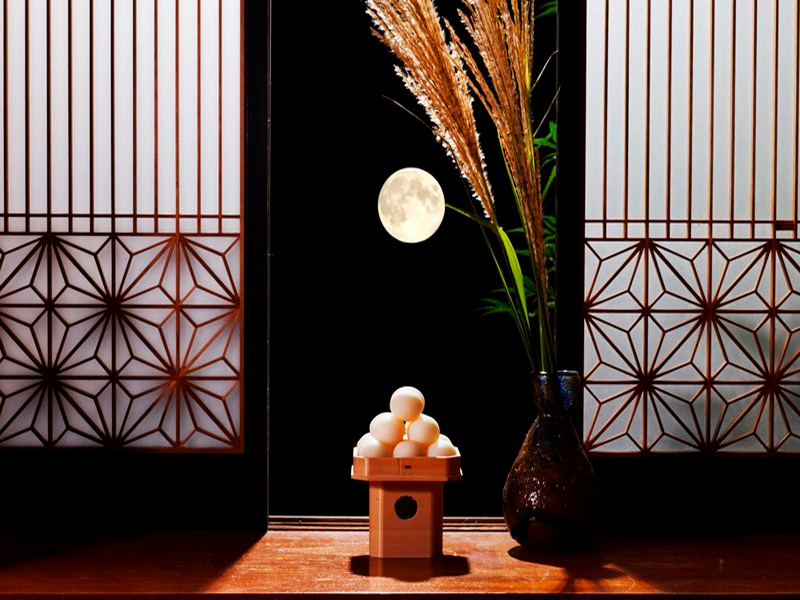
Rabbit imagery is also frequent; this is because the craters of the moon are thought to show a rabbit pounding rice to make mochi. This is the Japanese equivalent to “the man in the moon” referred to in English-speaking cultures. This may also be connected to the abundance of mochi and dango on offer during Tsukimi, as most celebrations feature at least one pyramid structure of rice dumplings standing on wooden serving stands. The use of raw egg yolks to garnish dishes is another decoration which invokes symbolism of the full moon. This, as with the round white rice dumplings, adds many lunar motifs to the festive decor.
Where to celebrate it?
Anywhere with a clear enough sky is sufficient to watch the full moon and celebrate Tsukimi. Parks, green spaces and rural areas are the best places generally, especially when there is a body of water for the light to reflect from. However, there are many places and landmarks which host gatherings and entertainment during the festival period.
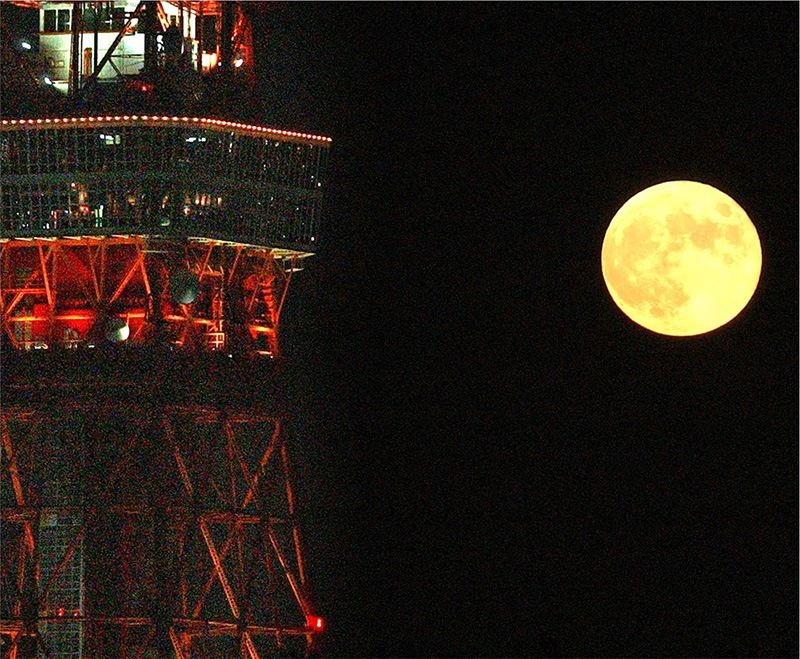
Both Tokyo Tower and Tokyo Skytree offer events during Tsukimi. Tokyo Tower has special lighting for the occasion, Skytree has live entertainment and both have open observation decks at night on the days when Tsukimi is taking place. Many shrines and temples are also open for the public to enjoy Tsukimi on their grounds. Being a spiritual festival at heart, religious landmarks such as the Ise Grand Shrine put on traditional music performances and poetry recitals for those wishing to the moon spirits for a good harvest.
Tsukimi is an important festival for the Japanese, with both spiritual and cultural aspects to its appeal. It has special appeal for any tourist who loves the moon or the spiritual aspects of Japanese culture, but any visitor to Japan during this time is sure to appreciate the festivities and sights of Tsukimi. Make sure to coincide your stay in Japan with the Tsukimi celebration and don’t forget to buy your Japan Rail Pass to enjoy this wonderful festival, you won’t regret it!

